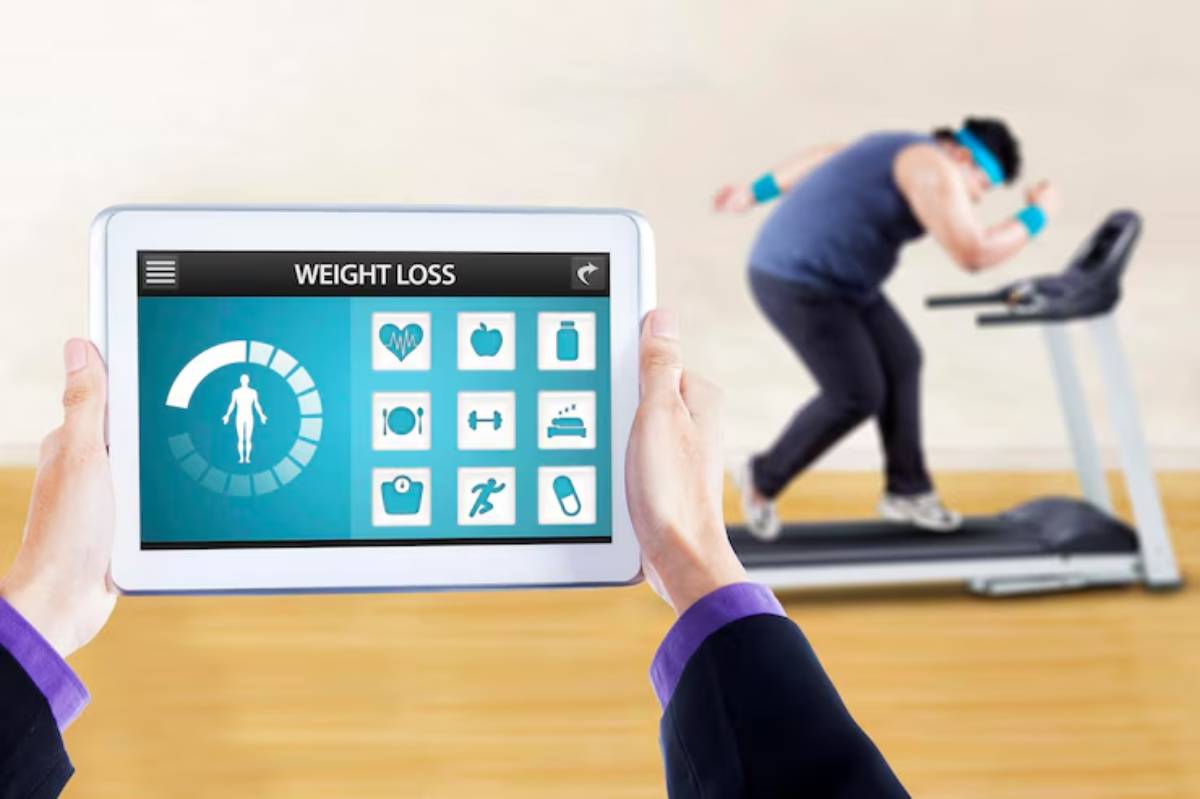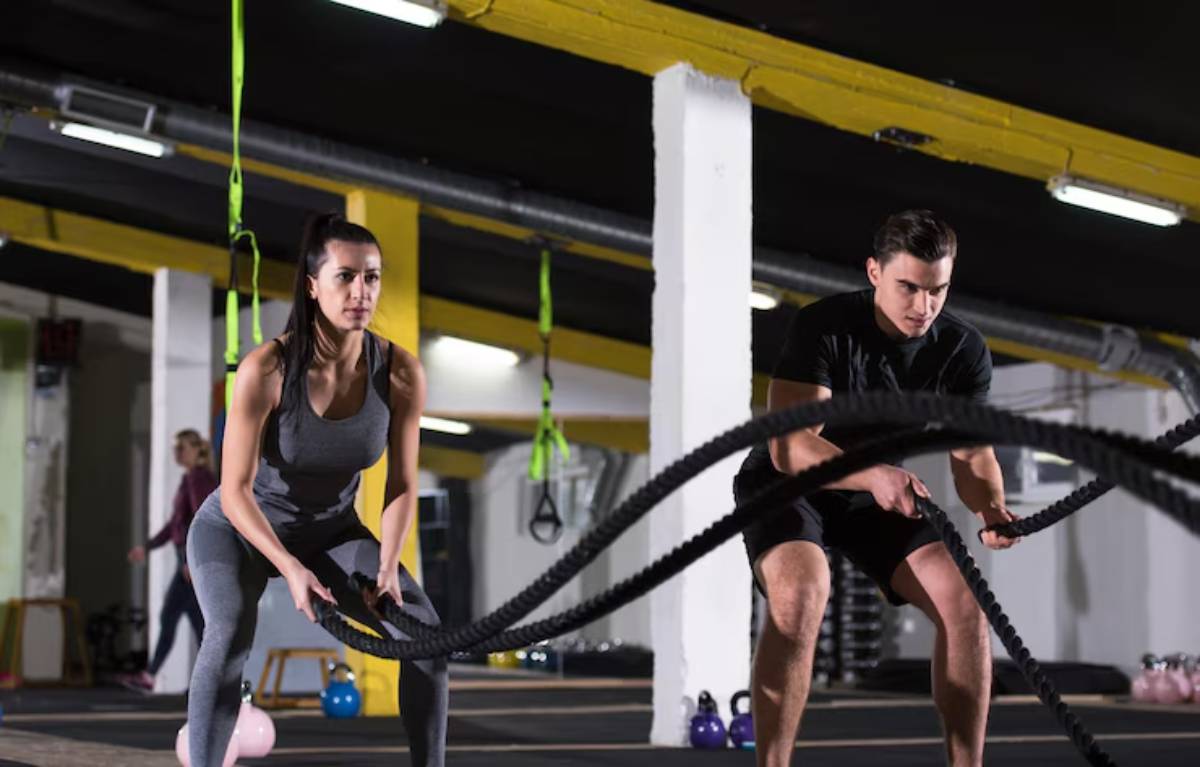
Cardio vs. HIIT: What’s Better for Long-Term Fat Loss?
Fitness fans often wonder: Is it better to do regular cardio or try High-Intensity Interval Training (HIIT) for fat loss? This debate keeps getting attention as fitness trends change. In this guide, we will explore the details of cardio and HIIT. We aim to show which option may work better for long-term fat loss.
Understanding the Basics: Cardio and HIIT
Before comparing fat loss, let’s examine cardio and HIIT’s key differences. Cardio exercises, such as running, cycling, or swimming, require you to maintain a steady pace for a long time. These workouts are known for improving cardiovascular health and endurance. They are typically aerobic, meaning they rely on oxygen to generate energy for prolonged activity.
HIIT involves short bursts of intense activity. Then, it has brief rest periods or lower-intensity exercise. This method is designed to push the body to its limits, maximising calorie burn in a shorter time frame. HIIT workouts can include many exercises like sprints, jumping jacks, kettlebell swings, and bodyweight circuits. This makes them versatile and easy to do. HIIT mainly uses stored energy in the muscles. This is why it has such a high-intensity demand.
The Science Behind Fat Loss

For fat loss, understanding energy expenditure is key. The body burns calories in three main ways:
- Basal metabolic rate (BMR) burns calories at rest.
- Physical activity uses calories during movement.
- The thermic effect of food (TEF) is the energy used to digest food.
To lose fat, create a calorie deficit. This means burning more calories than you eat.
Cardio and HIIT help create a calorie deficit, but they do it differently. Cardio workouts burn calories during the exercise. For instance, jogging for an hour can burn 400-600 calories, depending on intensity and body weight. On the other hand, HIIT creates an “afterburn effect.” This means your body keeps burning calories after the workout ends. EPOC, or excess post-exercise oxygen consumption, occurs when your body works to restore oxygen levels, repair muscles, and return to normal. All these processes use extra energy.
Key Benefits of Cardio for Fat Loss
Cardio workouts offer several advantages for those seeking long-term fat loss. They are easy for everyone to use and great for beginners. Walking, swimming, and using an elliptical machine are great low-impact choices. They help people recover from injuries and manage joint issues.
You can also do cardio for longer periods, which helps you burn more calories. For those looking to lose weight, steady-state cardio is a safe and sustainable way to boost activity levels, especially for beginners.
Cardio helps improve cardiovascular health, which is vital for overall well-being. Regular sessions can lower heart disease risk. They can also improve cholesterol. Plus, they increase lung capacity and boost endurance. This makes daily activities easier. Mentally, cardio releases endorphins, which reduce stress and boost mood. This can help with staying consistent in training.
Key Benefits of HIIT for Fat Loss

HIIT has gained popularity for its efficiency and effectiveness in promoting fat loss. One of the most significant advantages of HIIT is its time efficiency. Many people find it hard to squeeze in long workouts in today’s busy world. HIIT sessions last 20 to 30 minutes. They offer a quick way to get great results.
The afterburn effect is another great reason to choose HIIT for fat loss. HIIT boosts the body’s metabolism after a workout. This means more calories are burned even while resting. Studies show that EPOC can last up to 24 hours after a high-intensity workout. This adds significant value to shorter training sessions.
HIIT also improves insulin sensitivity and lowers blood pressure. It enhances athletic performance, too. HIIT workouts use functional movements and compound exercises. This helps retain and develop muscle, vital for a healthy metabolism.
Fat Loss Comparison: Cardio vs. HIIT
Consider your preferences and goals when comparing cardio and HIIT for fat loss. Cardio suits those who like longer, steady workouts and have time to spare. It’s a good choice for people with joint issues. Low-impact cardio, like swimming or cycling, is gentle on the body and helps maintain steady progress.
HIIT may be the better choice for those wanting quick, intense workouts. It delivers results in less time and is great for people who want to break through plateaus. The varying intensity levels challenge the body in new ways. HIIT also brings variety and excitement to workouts, which helps with sticking to a routine and reduces boredom.
Both methods work well when used regularly and paired with a balanced diet. Finding a regimen that fits your lifestyle and keeps you motivated is key. Some people may prefer the meditative rhythm of long runs, while others thrive on the energy and intensity of HIIT circuits.
Additional Expert Tips & Common Mistakes to Avoid
Watch out for common mistakes when adding cardio or HIIT to your fitness routine. One common mistake is neglecting proper form and technique, leading to injuries. Whether performing cardio or HIIT, maintaining correct posture and alignment is essential to prevent strain on the body. Mirrors, video feedback, or consulting a trainer can help ensure proper form.
Another mistake is overtraining. While the enthusiasm for achieving fat loss is commendable, allowing the body adequate rest and recovery is essential. Overtraining can lead to burnout, chronic fatigue, and diminished performance. It’s important to schedule at least one to two rest days weekly, especially when engaging in high-intensity sessions.
Also, neglecting warm-ups and cool-downs can increase the risk of injury and limit performance. Warm-ups prepare the muscles and cardiovascular system for exertion, while cool-downs help prevent blood pooling and facilitate recovery.
Advanced Insights: Combining Cardio and HIIT
Blending cardio with HIIT is a winning strategy for those craving the best of both fitness worlds. Mixing these dynamic workouts creates a well-rounded approach to fat loss. Imagine alternating between steady cardio and explosive HIIT sessions throughout the week. This keeps your routine fresh and your body on its toes.
A weekly game plan might include two steady-state cardio days paired with two heart-pounding HIIT workouts and a day of recovery or flexibility. Shaking up your workout intensity and duration sends your body a well-deserved wake-up call. Predictability leads to stagnation, like a flat tire waiting for a boost.
Spice up your exercise repertoire! Infuse stair climbing, rowing, circuit training, or dance cardio into your regimen for delightful variety. This enticing mix fuels your motivation while elevating your overall fitness journey.
This hybrid method expertly balances workload management, reducing overuse injuries hiding in repetitive routines. You nurture your aerobic and anaerobic systems by weaving together diverse training modalities. This dual approach crafts a solid fitness foundation, igniting strength and stamina in symphonic harmony.
Conclusion: Making the Right Choice for You

Choosing between cardio and HIIT for fat loss is a deeply personal journey. Your preferences, lifestyle, and goals dictate this vital decision. Each workout has unique perks, transforming you into a calorie-burning dynamo. Various styles help achieve that desired calorie deficit. You might glide through steady-state cardio or power through HIIT sprints. Pick your path, and let the fitness adventure unfold!
For those who relish longer sessions, steady-state cardio might be your jam. It’s a gentle, rhythmic approach to burning calories while boosting heart health. But if you’re all about efficiency and intensity, HIIT is the champion, delivering substantial metabolic benefits in mere minutes.
Whichever route you take, remember: consistency is the secret sauce for sustainable fat loss. Craft an enjoyable, flexible routine, and nourished by healthy habits—think nutrition, hydration, and restorative sleep.
As you embark on this fitness odyssey, don’t shy away from mixing cardio and HIIT. Discover which method resonates with your goals and brings you joy. After all, the best workout is one you can stick with long-term.
In the end, whether it’s cardio, HIIT, or a delightful blend of both, fat loss is a personal expedition. Embrace the process, remain steadfast, and watch your hard work blossom with rewarding results.


